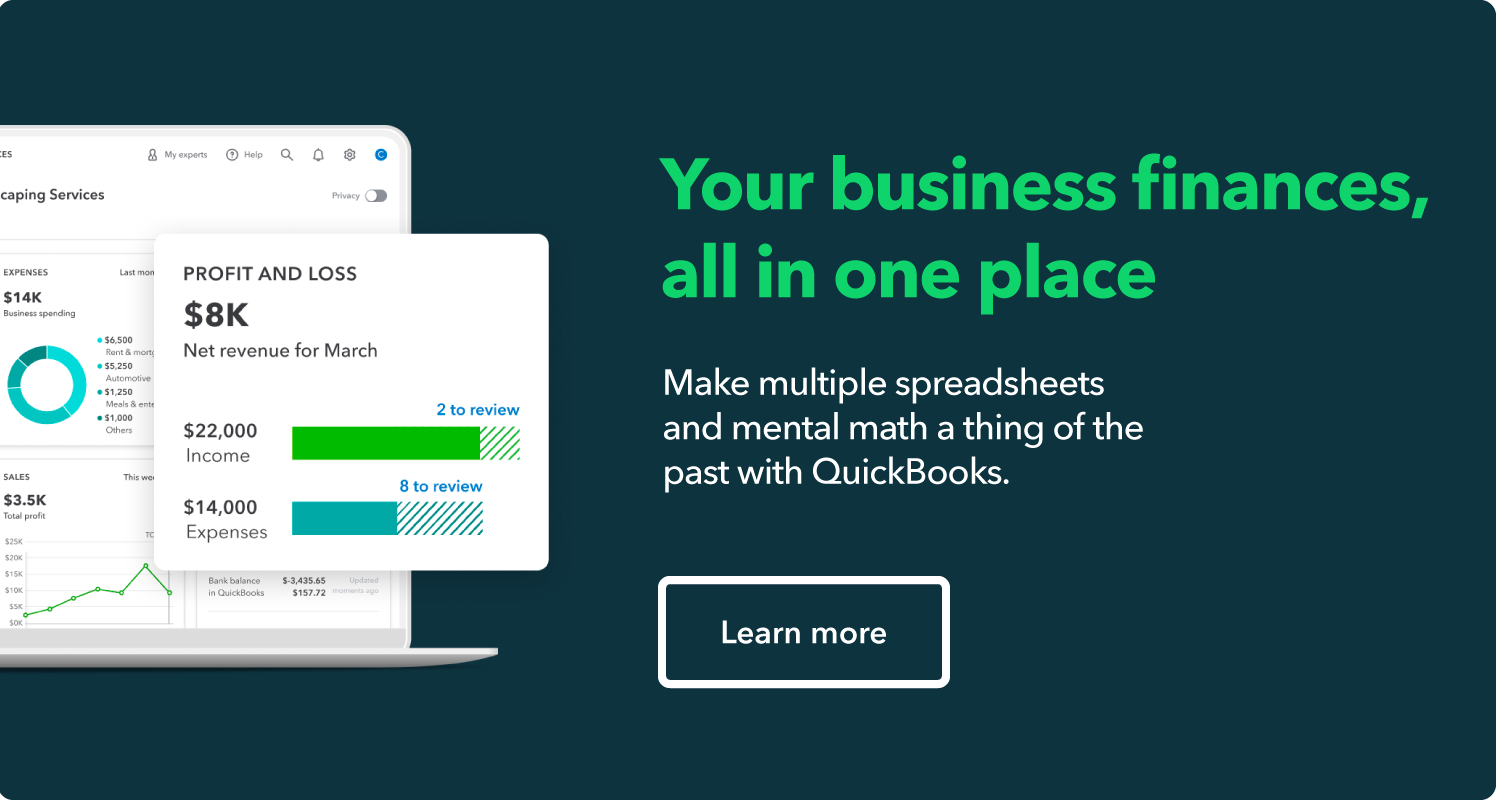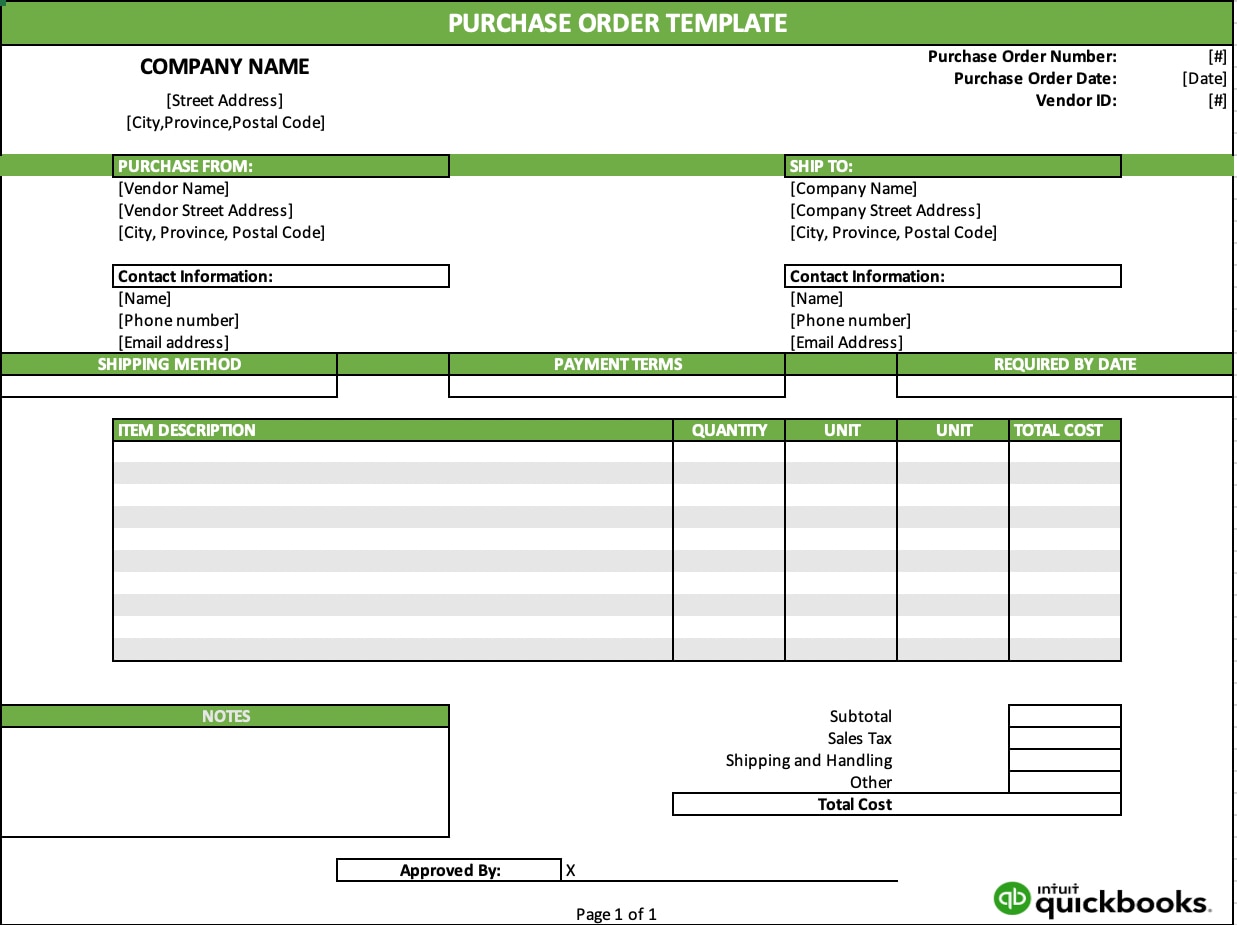Purchase orders, known as POs, are business documents that detail a buyer’s request for products or services from a supplier. When a buyer issues a PO to a supplier, they are asking for a specific product or service, including the quantity and agreed upon price, without having to pay for the item in question at the time of issue.
As a business owner, you will need to familiarize yourself with purchase orders to send them out to your company’s suppliers. POs are a great way to take control of spending while streamlining the process of acquiring goods.
Learn more about small business purchase orders and how to make one below.





